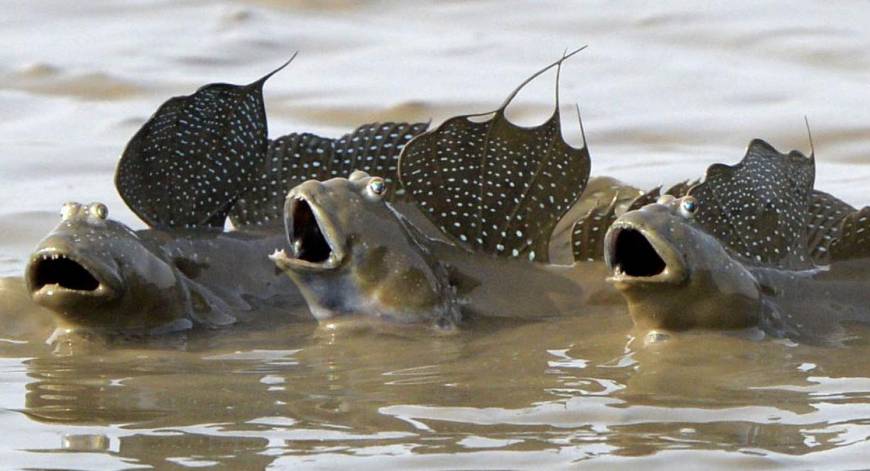So competition was fierce. There was also an omnivorous and unsettling new type of predator on the scene, one so perfectly designed for attack that it has scarcely changed in all the long eons since its emergence: the shark. Never would there be a more propitious time to find an alternative environment to water.

Plants began the process of land colonization about 450 million years ago, accompanied of necessity by tiny mites and other organisms that they needed to break down and recycle dead organic matter on their behalf. Larger animals took a little longer to emerge, but by about 400 million years ago they were venturing out of the water, too. Popular illustrations have encouraged us to envision the first venturesome land dwellers as a kind of ambitious fish— something like the modern mudskipper, which can hop from puddle to puddle during droughts—or even as a fully formed amphibian. In fact, the first visible mobile residents on dry land were probably much more like modern wood lice, sometimes also known as pillbugs or sow bugs. These are the little bugs (crustaceans, in fact) that are commonly thrown into confusion when you upturn a rock or log.












